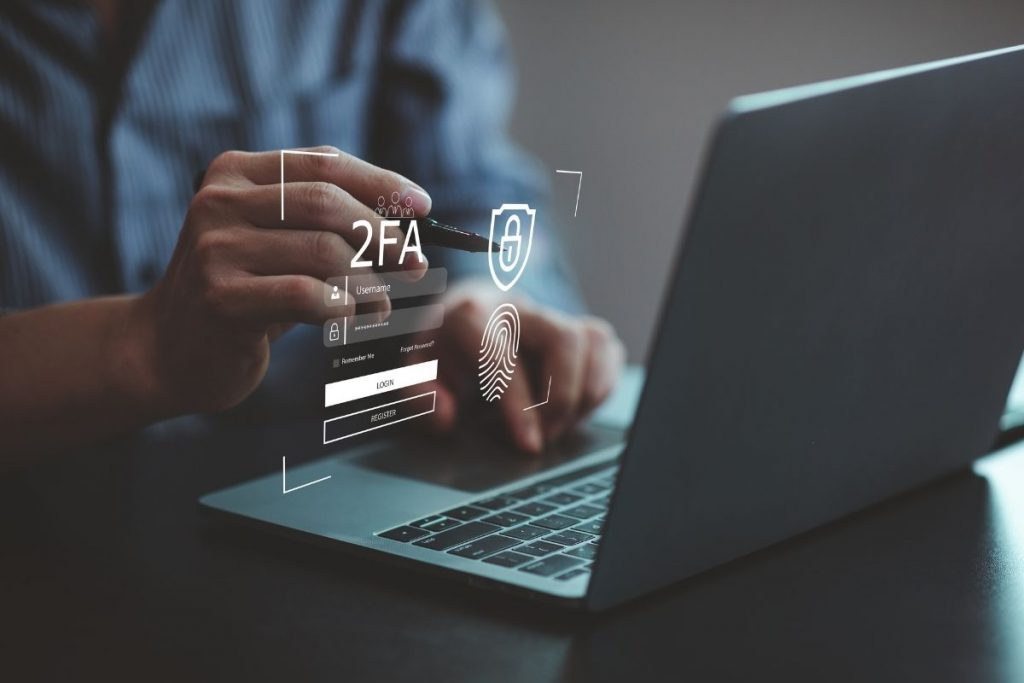Data breaches have always been a struggle for businesses of any size, any industry. It’s not only difficult to detect the occurrence of such breaches but also daunting to get them resolved promptly. The damage is horrendous, as it often leaves a business with an overwhelming financial burden to deal with. According to a study conducted by IBM on the Cost of a data breach in 2022, the global average total Cost of a data breach is approximately USD 4.35 million; if such a breach happens within the US territory, the Cost is doubled by at around USD 9.44 million, yes – doubled! Terrifying!
The consequences of a data breach don’t end there; it prolongs up to 3 years, making the company’s stock share price drop immediately right after the data breach has taken place, underperforming long term on the stock market as data shown in Comparitech’s study on How data breaches affect stock market share prices. The bottom line is that a cyber attack affects your business reputation tremendously; frankly speaking, it’s expensive.
The question is, what data breach is? What causes them, and how to prevent these events? In today’s blog, we’ll also go through all these in great detail, which shall help you to identify and mitigate such threats before they arise.
What is a data breach?
A data breach occurs when information is stolen or obtained from a system without the system owner’s knowledge or permission. A data breach can happen in a small or large organization, and credit card numbers, customer information, trade secrets, and national security information are all stolen data.
Once the attack happens, everyone is affected, from the company’s employees to the customers. Victims of a data breach have to suffer financial losses by having credit card information compromised, identity theft, account access, and mental distress regarding the attack. At the same time, the internal staff endures the blaming and stress surrounding the breach. Laying off is unavoidable; additional fallout, such as legal penalties, ongoing investigation, and constant monitoring by the authorities, and disruptive business reputation is at risk, taking a toll on the business’s brand.
To keep your business out of the headlines, acknowledge the common causes of cyber attacks to give yourself a head up on what to look for before it becomes unmanageable.
2023 Top 5 most common causes of data breaches
1. Weak and stolen credentials
One of the simplest and most frequent reasons for data breaches is stolen passwords. Based on a 2022 US Password Practices Report by Keeper, 24% of respondents aged 18-24 use their birthdays as their passwords, and 56% repeatedly use the same passwords for multiple accounts across different platforms as a habit. Many have been neglected in creating strong passwords and overlooked the possibility of getting hacked. Random easy-to-guess passwords that these types of users have often favored are “Password1,” “Password[birthday digits],” and “123456”—making it appealing for fraudsters to easily get access to their private data without trying.
Random, moderately strong passwords generated from a password generator are no longer the safest option in this constantly revolutionized technology era, where theoretically possible for hackers to determine your so-called randomized passwords is relatively easy. Since password generators aren’t randomly come up with the password as it might seem, in the computer world, there is always a specific algorithm behind it. As Sean Oesch and Scott Ruoti’s research on A Security Evaluation of Password Generation has established, popular password generators generally provide random but exceptionally weak passwords unless they contain a length of 12 characters or longer. However, it becomes tricky for a human’s mind to remember lengthy passwords that make no sense.
2. Application vulnerabilities
An application vulnerability is a bug or vulnerability that could lead to an exploit or security breach. Due to the convenience, diversification, and availability of the Internet today, web applications have been facing constant new vulnerabilities to cyber attacks that can originate from numerous different locations by various attack vectors. Application vulnerability management and application security testing are vital components of a web application security program.
The same goes for computer software, which cannot avoid flaws and security holes that allow attackers to access and expose your customers’ data. Regular updates and staying alert are crucial to ensure all vulnerabilities are fixed in time, keeping your system at bay and on watch. Therefore, if anything ever goes south, your team shall be able to act quickly and get things straightened out beforehand.
3. Malware
Malware (or malicious software) is malicious programs or code that can disrupt the normal functioning of a networked system, computer, or computer by infiltrating, taking over, damaging, or disabling the system, computers, tablets, mobile devices, etc. Malware is a reminder of how fast and mindless we are to willingly fall into scammers’ traps by clicking on suspicious hyperlinks that “guarantees” rewards, downloading “free” software that would otherwise cost a grand to purchase, or just simply viewing a horoscope prediction.
Scammers have cleverly injected malware into all the mentioned “freebies” above, consisting of a keylogger component to track your typing input, quickly revealing all your passwords, personal information, payment details, etc.
Security testing is one of the most effective ways to protect your organization from malware.
4. Malicious insiders
On a daily basis, it might not be easy to stay afloat on which sensitive information your employees come in contact with. As cynical as it sounds, selling “sensitive” data on the dark web has become quite the trend, especially to those from the “inside” of an organization, who have gotten trusted and have continuous access to this data.
5. Losing physical devices
A part of being human is we tend to make unexpected errors along the way. Losing company devices such as laptops, tablets, smartphones, or even files, documents, etc., happens all the time. Pocket-picking thefts are real-life force majeure. Losing devices storing all the sensitive data can lead to severe cyber attacks. Having your work devices secured is hugely vital, and setting up a kill switch to lock down your computer as needed is essential.
Securing your organization with Security Testing/Vulnerability Assessment
Comprehensive vulnerability assessments are the backbone of modern security and risk management strategies. Through rigorously assessing IT systems for potential risks, organizations can better understand their vulnerabilities and take steps toward eliminating them. This process identifies key threats to data safety by examining areas such as user access control policies, application development practices, physical assets protection procedures, etc., before providing a detailed report on how these weaknesses may be addressed.
Organizations benefit from this critical step in ensuring secure operations with results that move beyond prevention – towards solving underlying issues which could result in costly breaches down the line. It’s best to develop a proper plan to conduct a successful vulnerability assessment, which is not always anyone’s cup of tea. To learn the basics, read our recent blog on “How to perform a vulnerability assessment?” to get all the deets.

SHIFT ASIA offers security testing as part of one-stop quality assurance solution that meets MASVS, CIS benchmark, and more.
As cyber-attacks continue to evolve rapidly, IT teams are challenged with the difficult task of keeping up. SHIFT ASIA comes to the rescue, offering comprehensive defense against potential threats via security testing, vulnerability assessment, detection, response, and remediation – allowing you to stay ahead in a challenging threat landscape. With these enterprise-grade outsourcing IT solutions specialized in risk management at your disposal, don’t risk being caught off guard by malicious attacks. Contact SHIFT ASIA’s team to start securing your business today.
ContactContact
Stay in touch with Us








